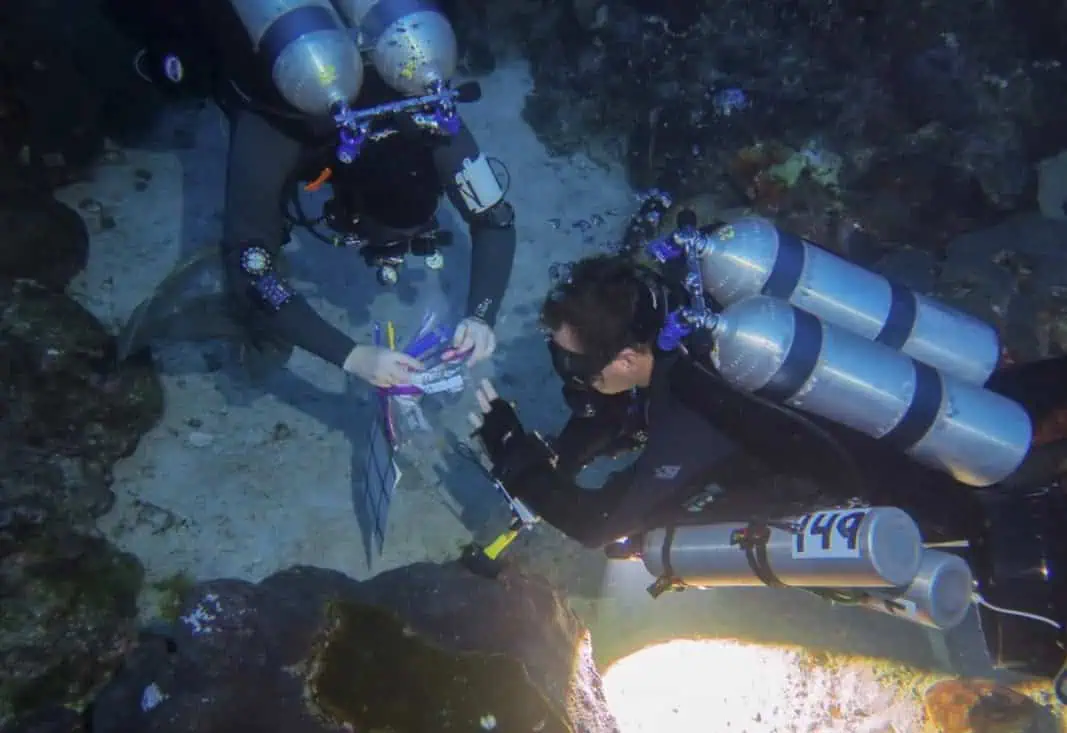Researchers have found that deep corals in the Florida Keys National Marine Sanctuary can be crucial to the recovery of shallower corals.
The scientists found that these species, which tend to be insulated from anthropogenic stressors, can offer a refuge for some coral species.
The research was conducted by scientists from Florida Atlantic University’s Harbor Branch Oceanographic Institute. They showed a genetic “connectedness” between corals from different depths.
This discovery means that the species could be key to providing genetic diversity to the recovery of shallower reefs. The study was conducted on the blushing coral star (Stephanocoenia intersepta).
According to Ryan Eckert, the study’s first author and Ph.D. candidate at FAU Harbor Branch:
“The blushing star coral has a wide range both in depth and geography, which makes it a great species for studying how populations at various depths and locations are linked. Although blushing star corals are less common on shallow reefs throughout their geographic range, they become more abundant and cover more area in the mesophotic zone. However, even if these deeper corals can’t directly repopulate the shallow reefs with viable larvae in the future, they could still be valuable for creating a ‘seed bank’ or for rescue and breeding programs in land-based nurseries to support ongoing and future restoration efforts.”
While Joshua Voss, senior author and principal investigator of the study and an associate research professor at FAU Harbor Branch, added:
“Corals from deeper, mesophotic zones have a significant potential to help replenish and restore the declining shallow reefs in Florida Keys National Marine Sanctuary. Plus, important expansions planned in the ‘FKNMS Restoration Blueprint’ include additional protections for mesophotic corals throughout the Keys. Given that coral cover in the region has been decreasing since the 1970s, these findings and new management advances offer promising opportunities for some level of coral reef recovery.”
You can find the original research here.

